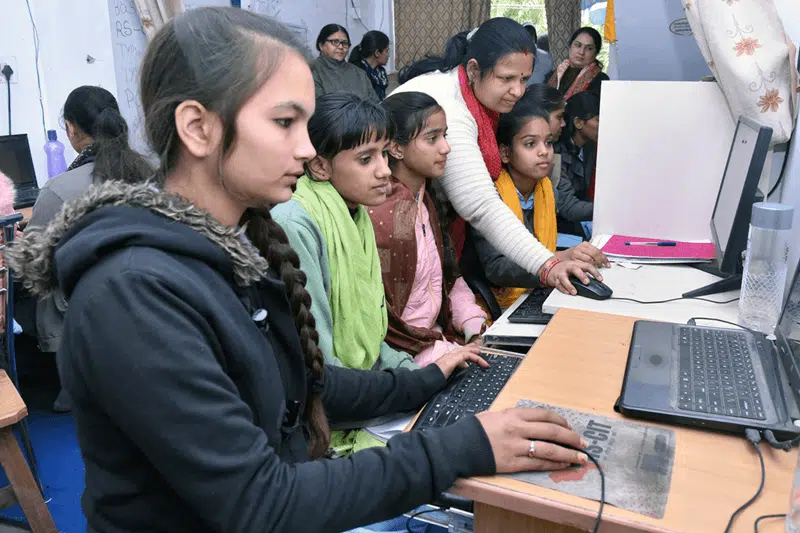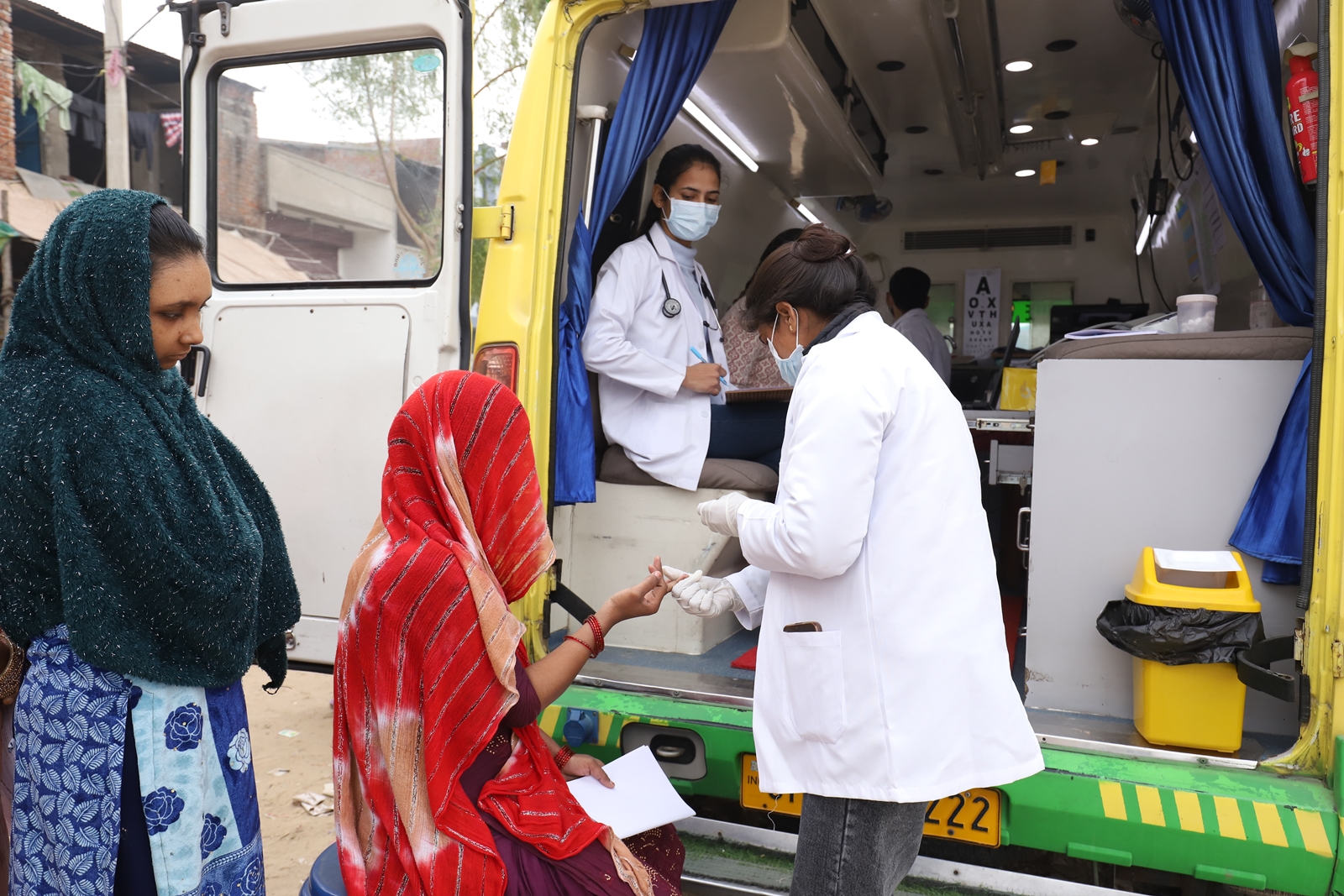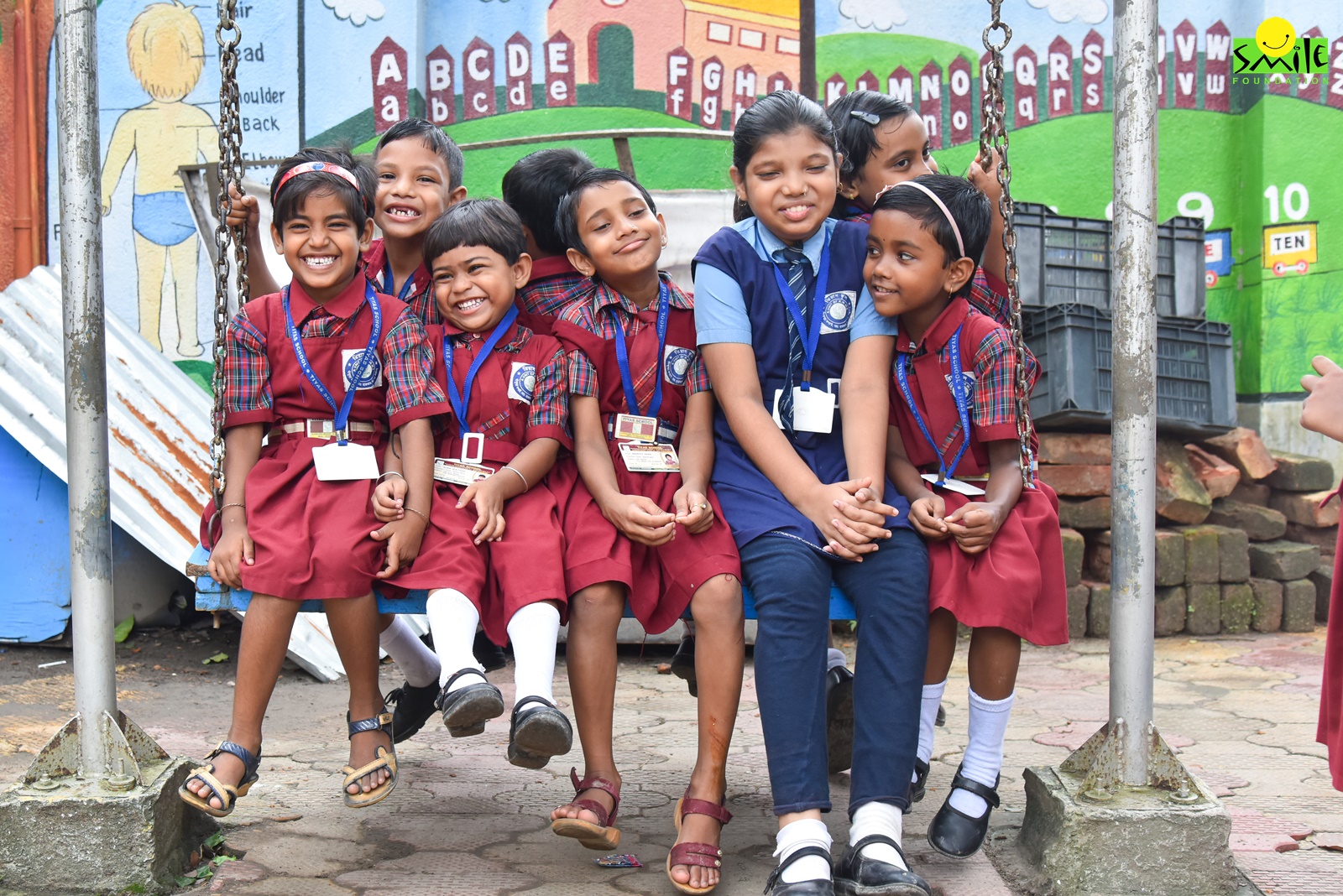The issue of unemployment has been a persistent challenge in India and almost all developing economies. Despite a decline in the overall unemployment rate in India from 6.1% in 2017-18 to 3.2% in 2022-23, as per the Periodic Labour Force Survey (PLFS), it remains an area of concern. Particularly, the struggle for employment among young graduates has intensified over the years, prompting a closer examination of the factors contributing to this phenomenon.
The fluctuating numbers over the years paint a vivid picture of the employment scenario in our country. From a relatively high rate of 9% in the 1990s, the unemployment rate dipped to 7.66% in 2011-12, only to witness a significant surge to 17% in 2017-18, and subsequently recede to 13% in 2022-23 for those with graduate degrees with data taken from the National Sample Survey Office(NSSO) covering the period 1993-94 to the PLFS surveys of 2022-23. This erratic pattern calls for a deeper understanding of the challenges faced by the workforce and the need for innovative solutions.
Higher Education vs. Unemployment in India
Curiously, individuals with higher education have consistently grappled with higher unemployment rates than the rest of the population. The conventional belief that a higher degree automatically translates into better job prospects seems to be challenged by the reality of the job market. It raises pertinent questions about the efficacy of our current education system in equipping individuals with the skills demanded by a rapidly evolving job landscape.
One promising avenue that has gained traction in recent times is vocational education. Unlike traditional academic routes, vocational education focuses on practical skills and hands-on training tailored to meet the demands of specific industries. The aim is not just to impart knowledge but to equip individuals with the expertise required to excel in their chosen fields.
The current job market demands not only academic qualifications but also practical skills and adaptability. Vocational education addresses this gap by providing a direct pathway for individuals to acquire industry-relevant skills, making them more employable.
Meeting Industry Demands
One of the critical advantages of vocational education lies in its alignment with industry needs. Traditional education often struggles to keep pace with the rapid changes in technology and industry trends. Vocational education, on the other hand, can be more nimble, adjusting its curriculum to match the requirements of the current job market. This ensures that individuals are trained in areas where there is a genuine demand for skilled professionals.
Investing in vocational education not only enhances employability but also empowers the youth to explore unconventional yet high-demand sectors. By diversifying the skill set of the workforce, vocational education opens doors to a myriad of opportunities in fields such as technology, healthcare, and the service industry.
Shifting Perspectives on Vocational Education
Despite the evident benefits, there exists a lingering stigma around vocational education. It’s often perceived as a second-tier option, overshadowed by the allure of traditional degrees. Changing this perception is crucial for better employment rates in India in the upcoming years. Governments, educational institutions, and society at large need to recognize the value it brings in bridging the gap between education and employment.
In conclusion, the persistent challenge of unemployment, especially among young graduates, necessitates a reevaluation of our approach to education. Vocational education offers a pragmatic solution to the mismatch between academic qualifications and industry demands. By prioritizing skilling and upskilling through vocational education, we can not only decrease unemployment rates but also create a workforce that is agile, adaptable, and ready to thrive in the ever-evolving landscape of the global job market. It’s time to embrace vocational education as a powerful tool for shaping a more resilient and empowered workforce.
Smile Foundation trains the youth from disadvantaged communities with the necessary skills for strong-demand sectors and tries to get them placed in organisations of value. The STeP (Smile Twin e-Learning Programme) initiative is being scaled up as the opening up of new businesses and the expansion of the already established ones need more human power to fuel their soaring ambitions.









